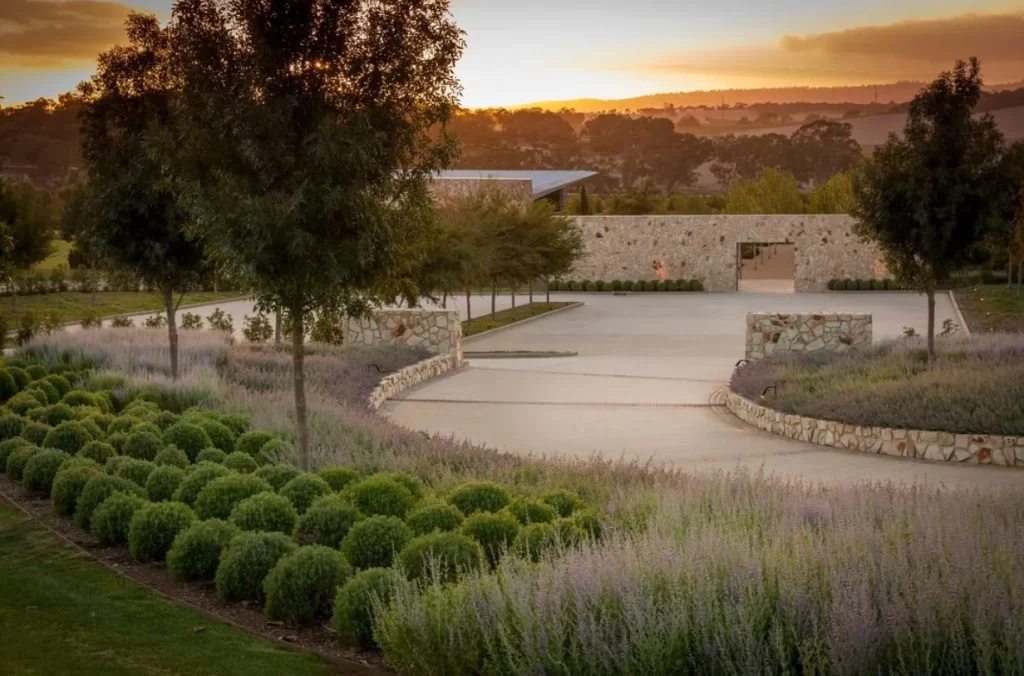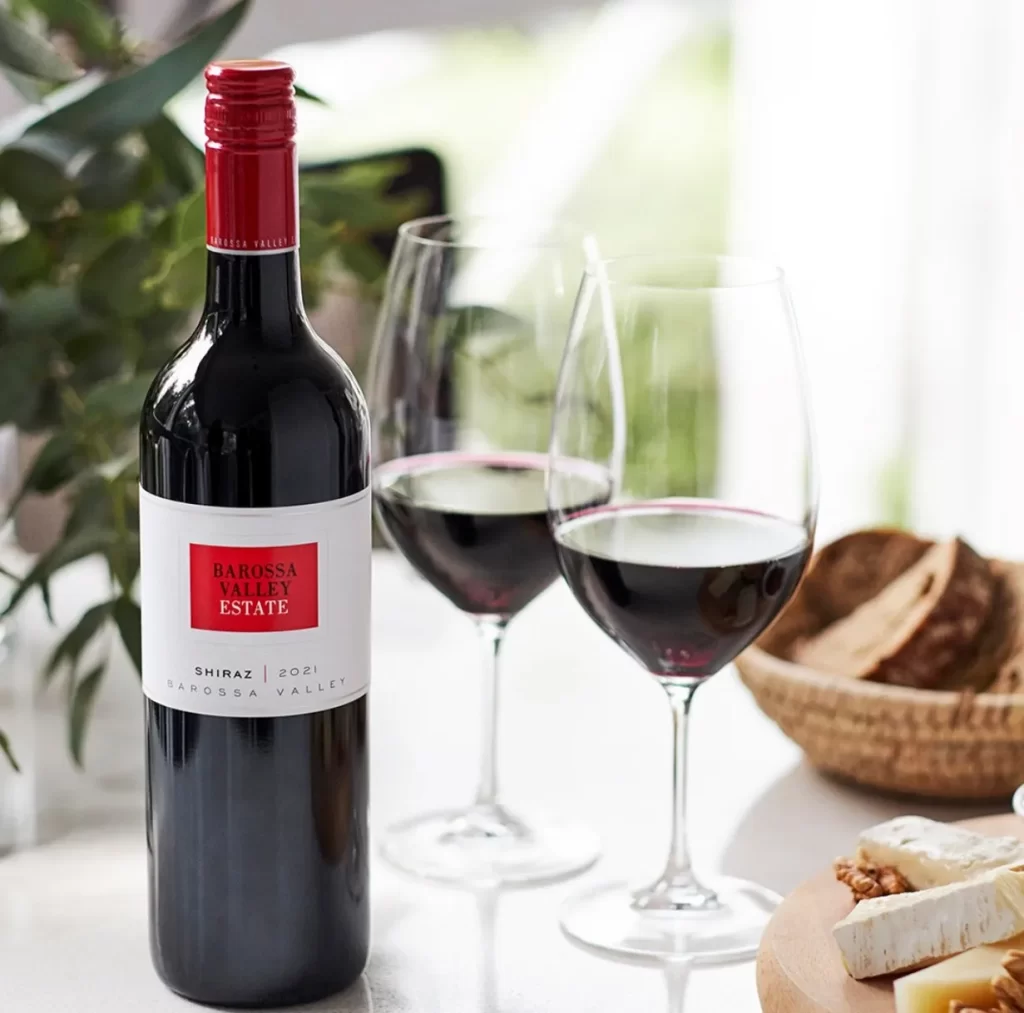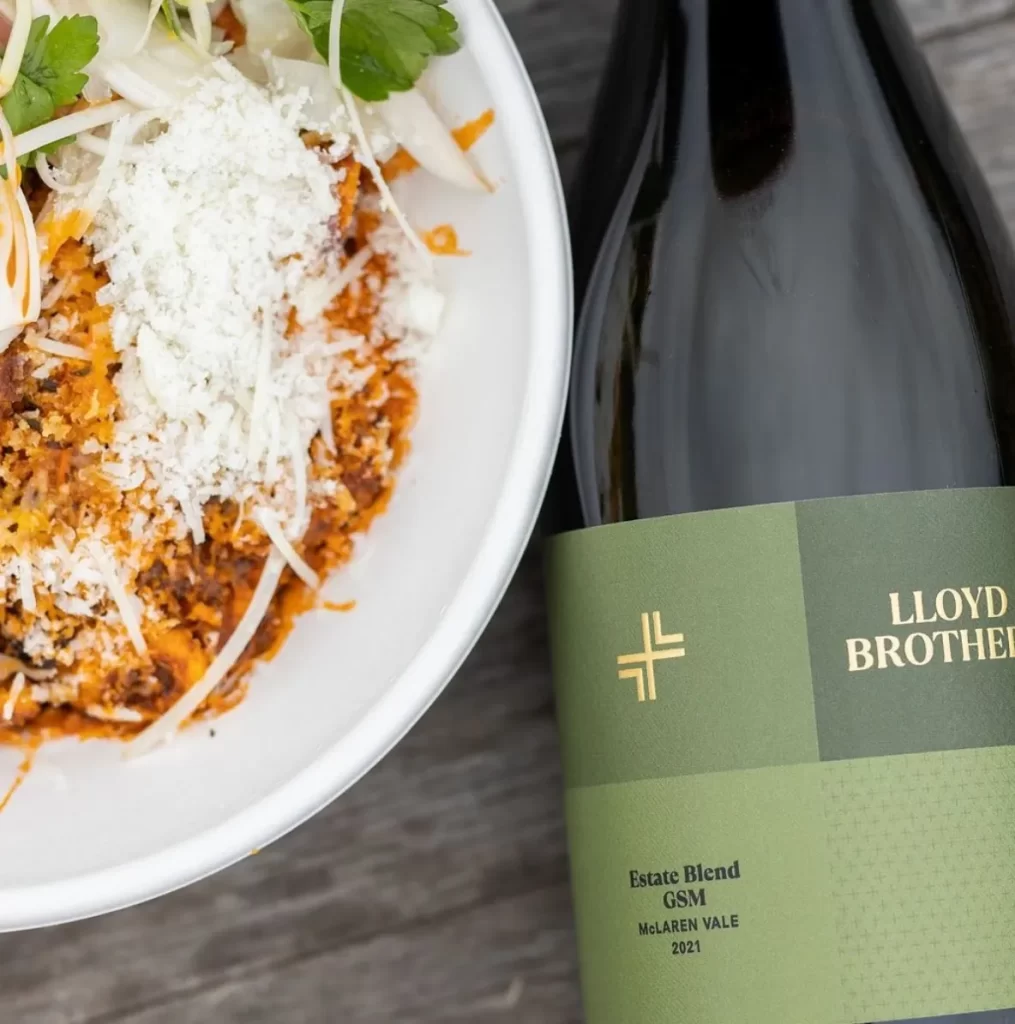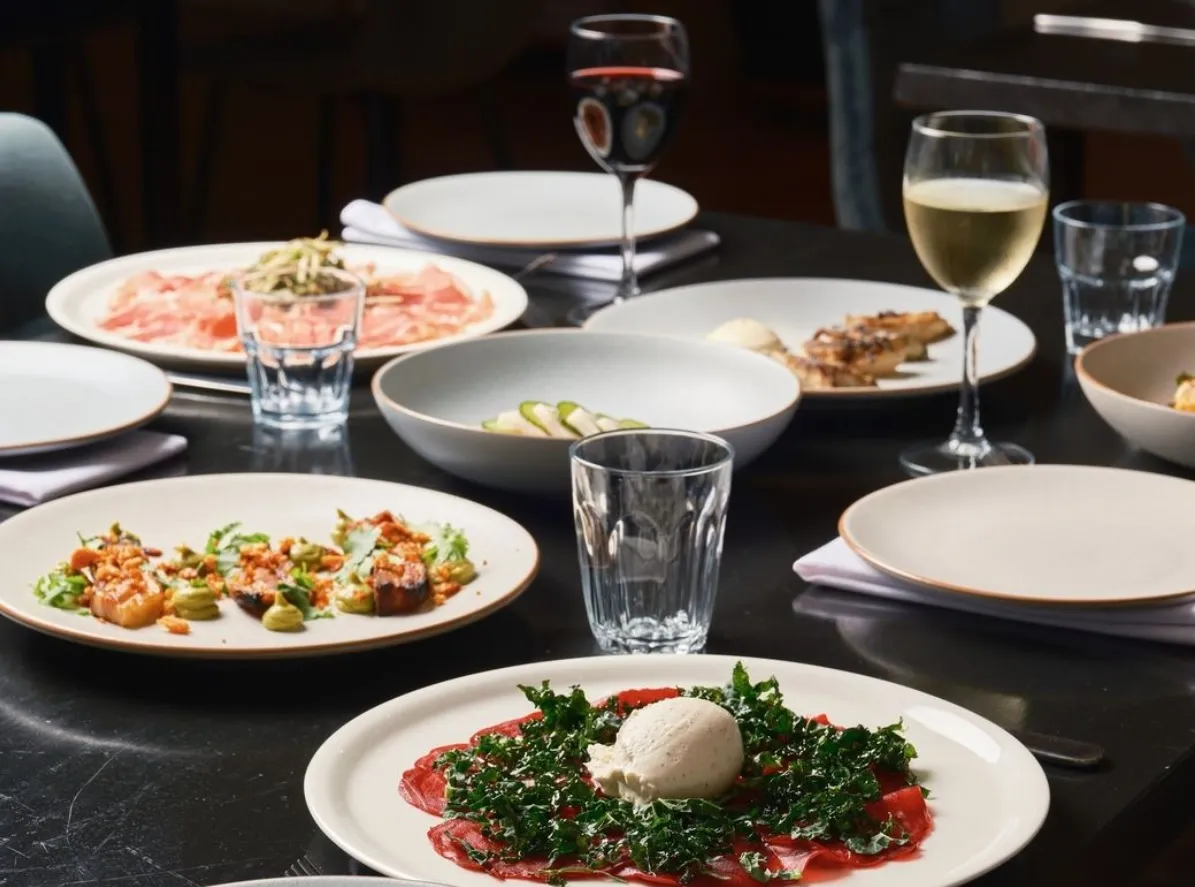The Australian wine industry is a rich mix of old and new, built on centuries of winemaking passion. Today we are one of the biggest wine exporting countries in the world, known for our premium wines, many grape varieties and regions. From the first attempts at winemaking in the 18th century to our modern day success, it’s a story of persistence, adaptation and producing top quality wines. This article will take you on a journey through the history of Australian winemaking, from European settlement to us becoming a major wine producing nation.
Winemaking in Australia
Australia’s winemaking story starts in 1788 when European settlers brought grapevines to the country. Early winemaking was trial and error as settlers battled the hot climate and foreign soil. Despite the early failures, persistence paid off and by the early 1800s, winemaking started to take hold. James Busby, known as the father of Australian viticulture, was instrumental in this journey. His collection of French wines and native grapes from Europe and their introduction to Australia was a game changer, setting the scene for future grape growing.
First Grapevines in Australia

The first grape harvest in Australia was in Colonial New South Wales, where James Busby planted cuttings in Camden Park in the 1820s. However early efforts were hindered by poor conditions and limited knowledge of grape ripeness and grape varieties. But settlers continued to experiment with different winemaking practices and slowly started to get it right in regions like the Hunter Valley and South Australia. Busby’s influence shaped Australia’s early wine regions and his legacy is still felt in Australian vineyards today. By the mid 1800s commercial vineyards were established and Australian wine was being exported to Rio de Janeiro.
European Settlers

European immigrants from France, Germany and Italy were instrumental in fine tuning Australian winemaking. They brought knowledge of grape berries, grape skins and grape juice processing which influenced the selection of grapes and the development of table wines, full bodied reds and sparkling wines. This is evident in regions like the Barossa Valley and McLaren Vale where they produced world class Shiraz and fortified wines. They also introduced alternative varieties like Pinot Gris and Pinot Noir which are still thriving in cooler climates like the Yarra Valley.
Establishment of Commercial Vineyards
By the mid 1800s the Australian wine industry was well established with commercial vineyards in South Australia, New South Wales and Victoria. Pioneers like Henry Lindeman and Dr Christopher Rawson Penfold cemented Australia’s reputation as a serious wine producer. Penfolds became synonymous with full bodied Shiraz and Lindeman’s helped take Australian wine global. The large scale wineries and focus on wine export in the 19th and mid 20th century turned Australia into a wine exporting giant. The Australian wine industry saw wine production increase as demand for wine was high in local and international markets.
A New Generation of Winemakers
The late 20th century saw a new wave of Australian winemaking with a focus on sustainability, innovation and experimentation. This period from the late 80s saw the emergence of premium wine regions like Margaret River and Adelaide Hills producing wines of the highest quality that were gaining international recognition. Wine critics like James Halliday and Max Allen were championing these regions for their diversity of wine styles from rosé to full bodied reds. Brands like Yellow Tail became household names and Australia became one of the world’s largest wine exporters.
Wine Regions of Australia
Australia has several wine regions each with its own unique viticulture and wine treasures.
South Australia


As the heart of Australian winemaking, South Australia produces over 50% of the country’s wine. Regions like Barossa Valley, Clare Valley and McLaren Vale are famous for full bodied Shiraz, fortified wine and high quality grape varieties. South Australia’s Adelaide Hills is also known for cool climate wines, Pinot Noir, Chardonnay and sparkling wine.
New South Wales

New South Wales is the birthplace of Australian winemaking, home to the Hunter Valley where some of the first grapevines were planted. Today the region is famous for White wines and fortified wines like Semillon which benefit from the degree of grape maturity and ideal climate.
Victoria

Victoria has a diverse wine portfolio, from the cool climate Yarra Valley which is known for Pinot Noir and Pinot Gris to the warmer Rutherglen region which is famous for fortified wines. Victorian wine labels are often boutique and focus on artisanal production and sustainability, and many tour operators run Yarra Valley wine tasting tours. Where you can taste unlikely wines.
Western Australia

Western Australia, particularly the Margaret River region is famous for premium wines, Cabernet Sauvignon and Chardonnay. The Swan Valley and Great Southern regions also contribute to Australia’s wine export market with cool climate wines.
Tasmania
Tasmania is becoming a star of Australian winemaking with its cool climate perfect for sparkling wine and Pinot Noir. The island’s pristine environment and focus on sustainability has produced some of the country’s best cool climate wines.
Conclusion
Australia’s wine history is one of perseverance, innovation and quality. From the first vines planted in the 18th century to the establishment of commercial wine regions and global recognition in the late 20th century Australia has proven itself as a premium wine country with depth. With its many climates and viticultural methods Australia produces an incredible diverse wine range and something for every wine lover. As wine production grows and evolves Australia is a major player in the global wine industry and Wine Australia is promoting the country’s wine treasures globally.
FAQ
Who is James Busby and what did he do for Australian wine?
James Busby is known as the “father of Australian viticulture” for bringing grape varieties from Europe to Australia and laying the foundation for the Australian wine industry.
Which regions produce premium wine in Australia?
South Australia (Barossa Valley and McLaren Vale), Western Australia (Margaret River) and Victoria (Yarra Valley) are the premium wine regions.
What are the most popular grape varieties?
Shiraz, Cabernet Sauvignon, Chardonnay, Riesling, Pinot Noir and Semillon are the most popular grape varieties in Australia.
How did European settlers impact Australian wine?
European settlers, particularly from France, Italy and Germany, brought centuries of winemaking knowledge to Australia. They introduced viticultural practices, grape varieties and techniques that shaped the Australian wine industry.
What is South Australia to the Australian wine industry?
South Australia is the hub of the Australian wine industry, producing over 50% of the country’s wine. The Barossa Valley, Clare Valley and McLaren Vale are internationally renowned for their high quality wines, especially Shiraz and fortified wine.
